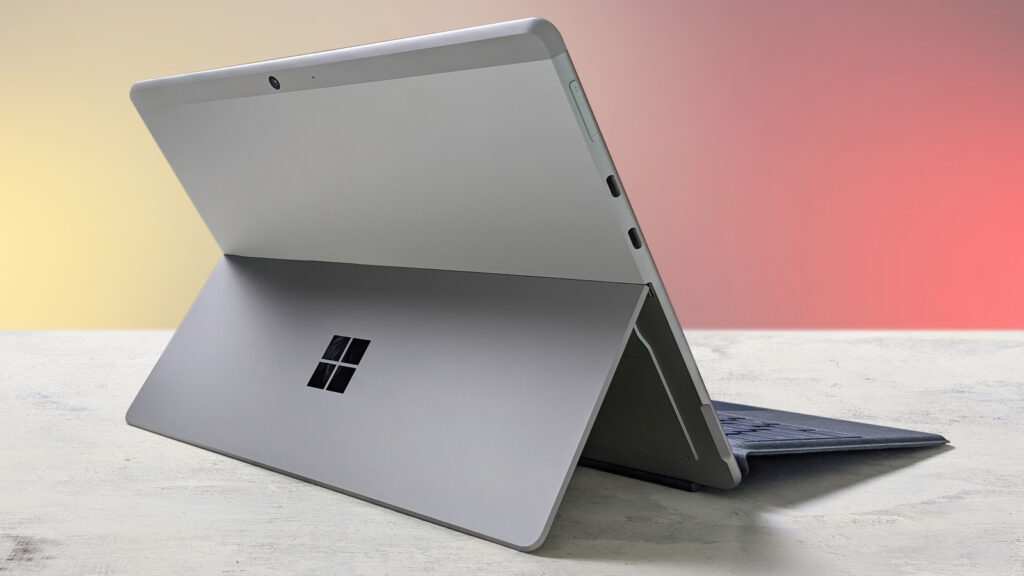
Although Mac M1 has turned on interest in the use of ARM -based chips for desktops and laptops, Apple is technically not the first major technology company to try it. Since the Surface RT has been bad, Microsoft has tried to market a desktop device that is worth powered by an ARM processor. This has not fulfilled the same success as Apple’s own silicon, at least so far, but that does not mean that the Redmond company is ready to surrender. Microsoft has been recognized silently in the front, but it seems that he took steam based on the arrival of fresh details – although unofficial -. The bad news is that Microsoft may retire Surface Pro X. The good news is that it is most likely to promote his successor to the Surface Pro level.
The benefits of ARM-based computers have been proven by the success of Mac M1 and MacBook, not to mention years of data from smartphones and tablets. ARM processors are known for their strength efficiency and space, and the latest types of the processor have been proven capable of some intelligence offers. There is almost no loss that can be found other than compatibility with software and peripherals, both of which are slowly resolved.
Unfortunately, Microsoft did not succeed in the front. Surface RT is quite a lot seen as a joke because of gloomy performance and selection of Windows RT applications. While the Microsoft Store situation has improved, the device then uses the Snapdragon Qualcomm chipset does not exactly inspire trust in performance. The nearest Microsoft is Surface Pro X itself, and it seems to be retiring.
Surface Pro 9 with Windows on ARM
According to Windows Central, the next generation of Pro Surface 2-in-1 will be available with two processor choices. The most obvious is a model that uses the 12th generation Intel processor of the “P” variety. This is expected to have a significant advantage of Surface Pro 8 even though only the difference in the single generation. Interestingly, there is still no AMD option that can be found.
Another variant that is reported will use a Qualcomm Snapdragon processor, which can have the same processor as the Volterra Mini-PC project. It will be a Snapdragon 8CX Gen 3 accompanied by a special nerve processing unit (NPU) to provide AI capability. Of course, the right performance of silicon is still unknown, but for credit, Qualcomm has continued to improve the desktop line of the processor computing each generation.
It is quite interesting that Microsoft decides for the sunset Surface Pro X Line as a different arm -based device, at least if the leak is accurate. On the one hand, the insertion of the ARM option in the Mainline Surface Pro series shows that sure this will succeed where other people before fail. On the other hand, it also makes it easier for Microsoft to only kill the current arm options because there is no special brand for it. This is still unofficial, of course, but it is not surprising that Microsoft tries to consolidate the Surface Pro lineup to avoid future confusion. The only question now is whether the alleged arms-based Surface Pro 9 will have the same thin profile as its spiritual predecessor or if Microsoft will decide to use the same chassis for Intel and ARM models.







